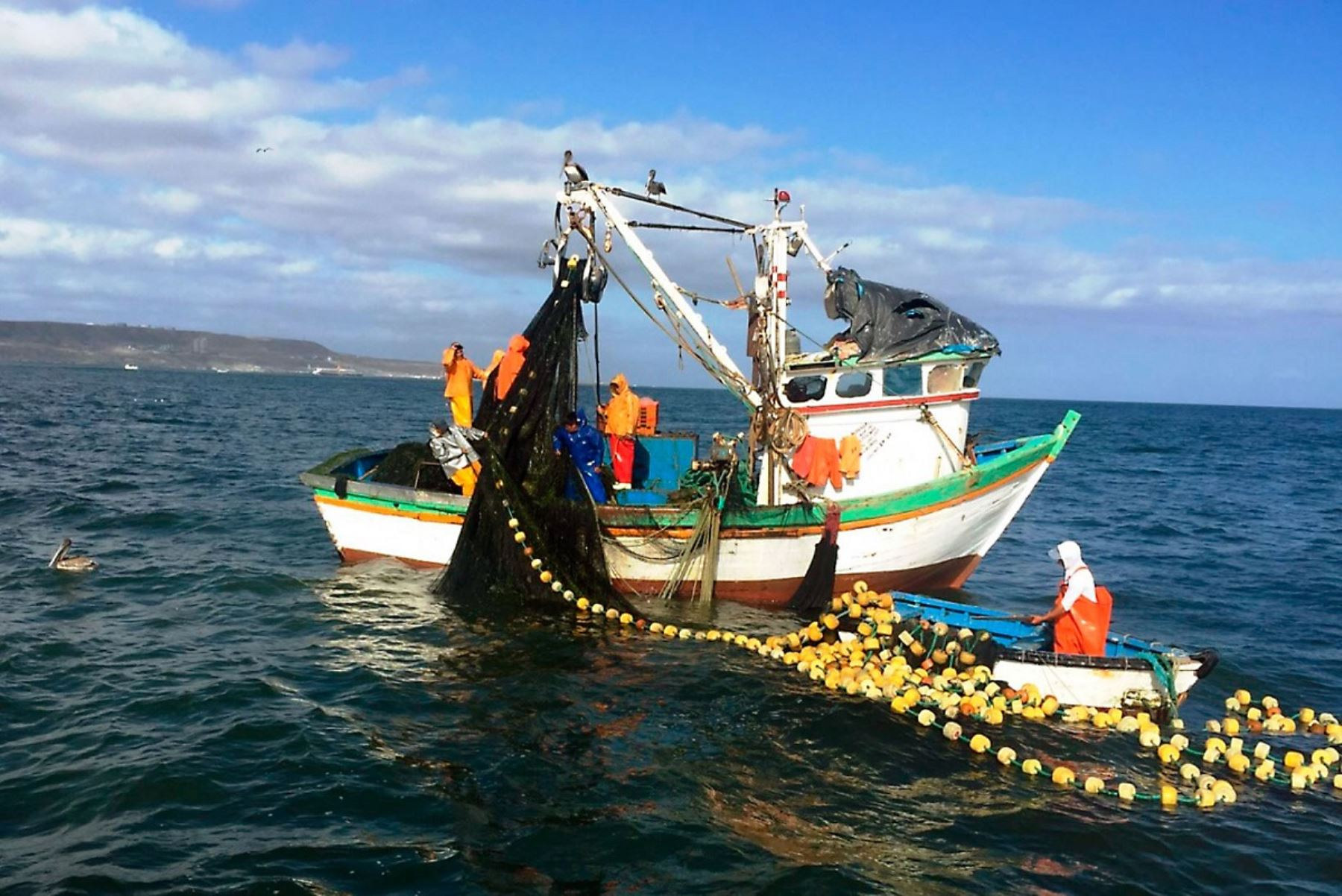
“Peladilla in the south, center and north of our territorial sea. “What are you waiting for, Imarpe, to recommend closing this season due to biological conditions!” claims Lorenzo Vásquez Contreras, general secretary of the Fishermen’s Union of Chimbote and Annexeswith obvious frustration and attaching photos and videos that show large black nets with white spots that are nothing more than small anchovies that get trapped, which is also known as entanglement.
If the anchovy were large enough to be caught, it would remain inside the net and pass straight into the storage hold.
They destroy youth
As of November 30, so far in the second fishing season 987,428 metric tons have been captured (MT) of anchovy, of which 31% are juveniles, that is, 310,305 MT, according to the official Imarpe report.
Furthermore, the sizes of anchovy that are caught range from 7 to 16 centimeters, which gives a mode of 12 centimeters, the minimum legal size at which this species can be caught. Thus, the figures and data by themselves explain why the fishermen They report so much entangled anchovy.
For its part, the National Fisheries Society (SNP), which brings together a large part of the owners of the steel boats that today are sailing the waves looking for the resource, also used their social networks to deny what was reported.
They point out that the anchovy It is a species that reproduces and grows rapidly, and which has a great capacity for adaptation, consequently, it remains in abundance. “For this reason, it is regrettable that there is talk of predation to misinform the population, questioning sustainable and globally recognized management.”
According to Antony Apeño, marine biologist at CooperAcción, if juveniles continue to be captured in these reported quantities, it could “cause irreversible impacts on the ecosystem, considering that the following generations of the species are being impacted and with it, all the other species that They depend on it.”
It should be noted that the season will continue until the maximum authorized quota of 1.6 million MT is reached or until the Ministry of Production (Produces) decide it’s time to stop.
Meanwhile, Produce does not respond to the fishermen’s request, but the officials with the highest positions of this entity such as Minister Ana María Choquehuanca and the Vice Minister of Fisheries, Úrsula Chempén, do meet with representatives of the SNP, on December 25. November, for example, was to find out the progress of the current season, where it was also agreed to “continue working for the economic and sustainable reactivation of the fishing industry”, as reported by the same entity.
Season outlook
For Ángel Perea, director of Imarpe in Chimbote, the season will continue, as favorable weather conditions continue to exist. “Environmental conditions in the coastal strip and region 1+2 continue to cool compared to what was recorded in previous weeks due to the strengthening of the South Pacific anticyclone.”
He adds that in the coming days the winds will continue to be moderate to strong, which weakens the impact of the warm Kelvin waves that usually reach the Peruvian coasts, which is why continuous monitoring will be key.
Data
- Fleet. 28% of what was caught in the second season was taken by wooden boats and 72% by steel boats.
- Ports. Chimbote (23%), Callao (21%), Chancay (15%), Chicama (12%) and Supe (10%) record the highest landings in tons.
Source: Larepublica
Alia is a professional author and journalist, working at 247 news agency. She writes on various topics from economy news to general interest pieces, providing readers with relevant and informative content. With years of experience, she brings a unique perspective and in-depth analysis to her work.











